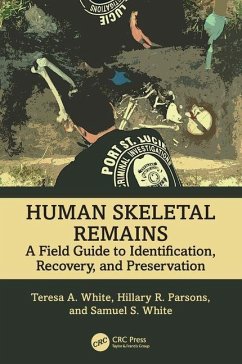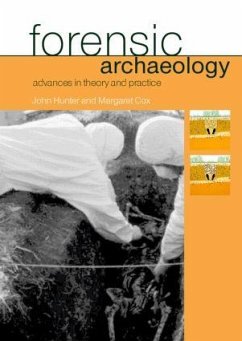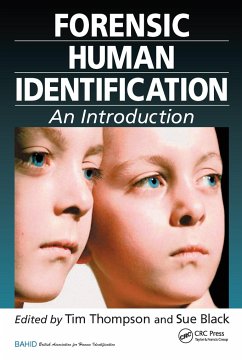
Handbook of Forensic Anthropology and Archaeology

PAYBACK Punkte
29 °P sammeln!
With contributions from 70 experienced practitioners from around the world, this second edition of the authoritative Handbook of Forensic Archaeology and Anthropology provides a solid foundation in both the practical and ethical components of forensic work. The book weaves together the discipline's historical development; current field methods for analyzing crime, natural disasters, and human atrocities; an array of laboratory techniques; key case studies involving legal, professional, and ethical issues; and ideas about the future of forensic work--all from a global perspective. This fully re...
With contributions from 70 experienced practitioners from around the world, this second edition of the authoritative Handbook of Forensic Archaeology and Anthropology provides a solid foundation in both the practical and ethical components of forensic work. The book weaves together the discipline's historical development; current field methods for analyzing crime, natural disasters, and human atrocities; an array of laboratory techniques; key case studies involving legal, professional, and ethical issues; and ideas about the future of forensic work--all from a global perspective. This fully revised second edition expands the geographic representation of the first edition by including chapters from practitioners in South Africa and Colombia, and adds exciting new chapters on the International Commission on Missing Persons and on forensic work being done to identify victims of the Battle of Fromelles during World War I. The Handbook of Forensic Anthropology and Archaeology provides an updated perspective of the disciplines of forensic archaeology and anthropology.













